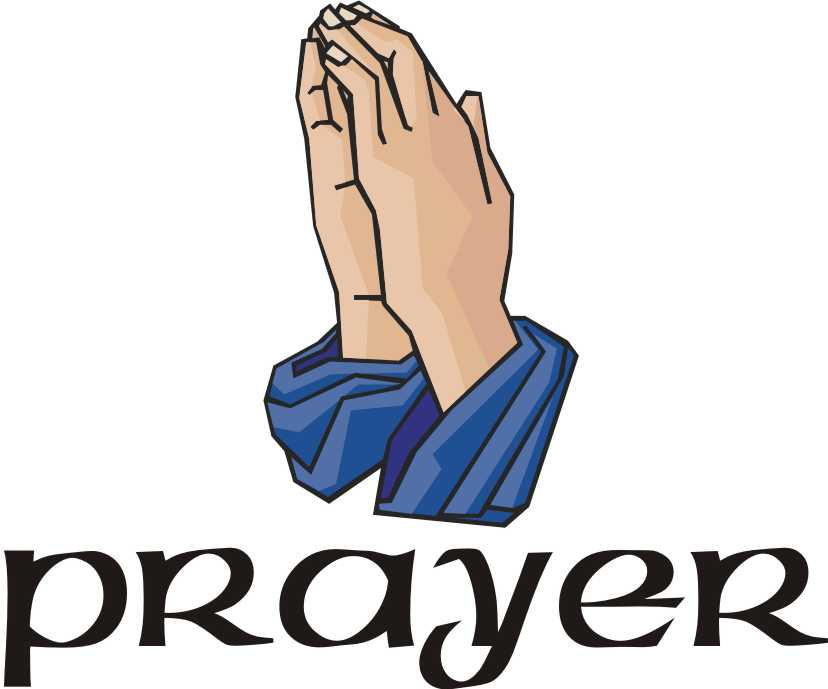 A few of us may feel that we are excellent at prayer and do it really well, and it comes naturally or easily to us than other things do. But some struggle to find the “right” words to say. Others feel uncomfortable praying in small or large groups, and some are even uneasy with the whole notion of prayer.
A few of us may feel that we are excellent at prayer and do it really well, and it comes naturally or easily to us than other things do. But some struggle to find the “right” words to say. Others feel uncomfortable praying in small or large groups, and some are even uneasy with the whole notion of prayer.
It might help to have a good understanding of the history of prayer—at least of who used to be allowed to pray based upon a set of rules and regulations. Throughout the Old Testament it was believed that the High Priest was the only one who had a direct connection to God. The people were just that: plain, ordinary people. They did not have any holy powers, they were not able to communicate to God, and they were not allowed any direct contact with God. If someone had any prayers, concerns or complaints to be taken to God, they had to go through the intermediary High Priest.
Of course, over the years, the priests, holy ones and prophets have lost those sole powers, and the middleman has been cut out. A big reason for that had to do with Jesus Christ. He was pretty much approachable by anyone, which is a good thing. No longer did people have to go through an intermediary just to “talk” to or pray to God.
In fact, this is one of the most amazing things about Jesus Christ. The simple understanding that He came to earth to be with us is beyond astounding. God has made a connection and relationship to us that had never been seen on this planet before. It is one where God invited us to partake in the building up of His Kingdom and one where He continually invites us for conversation and concerns.
Prayer is truly is something that just about everyone can do, in a wide variety of ways. A prayer is not made “good” or “bad” based upon our thoughts or even our words. It is what comes from our hearts. God knows this.
If you still find yourself struggling with a prayer, then try these methods: try to memorize one, or read a bunch of others to get an idea how some prayers flow or are structured. If that still doesn’t work, then just continue to practice, or watch and listen to others pray. Or, continue praying silently to yourself.
 If those fail, here are a couple of prayer forms you can use:
If those fail, here are a couple of prayer forms you can use:
One is the five-finger prayer. Go through the fingers on your hand and pray this way:
- Thumb (the finger that is closest to you). Pray for those closest to you.
- Index finger (the one we usually point with). Pray for those that direct (doctors, pastors, teachers).
- Middle finger (which is usually the longest or highest): Pray for those that are “higher-ups” (leaders, government officials, president).
- Ring finger. Pray for the weakest among us and those in need.
- Pinky finger (last finger). Pray for yourself last.
Another is following the ACTS form.
- Adoration. Praise God for something good in our life or someone else’s.
- Confession. Confess to God any wrongdoings.
- Thanksgiving. Express thanks for what we have, who we are and our lives in general.
- Supplication. Pray for others, for world issues and our own needs.
A prayer following the ACTS rubric may look like this: “Dear God, you make the waters flow, and instill the beauty throughout all the earth. Amazing are your powers. At this time, though I must also confess the mistakes I have made. Forgive me for them and give me the fortitude and self-control in the future to refrain from committing those same mistakes. I have fallen short of your goal and for that I am ashamed. But, ever thankful am I for the gifts you have given me and the food for which you have provided. There are many in this world that go without, but I am provided for. I also pray for my Aunt Mary who is ailing from a broken hip, and that the people determined to create conflict find peace in their hearts to spread love instead of hate. Amen.” It is as simple as that.
Prayers are essential to our church life, our community life and our personal life. Prayer doesn’t take much skill, but it may take practice. Just always remember: Anyone can pray!

